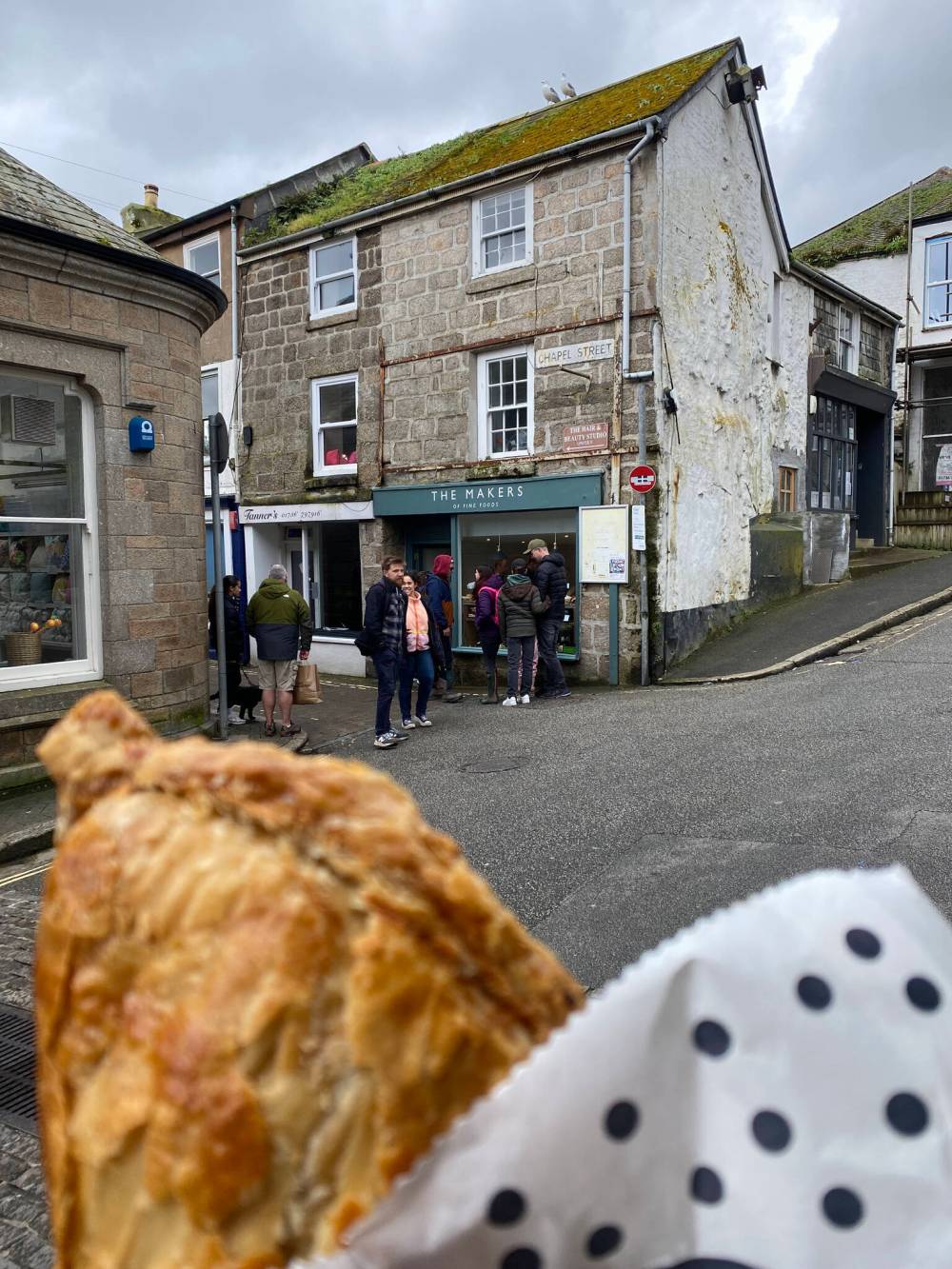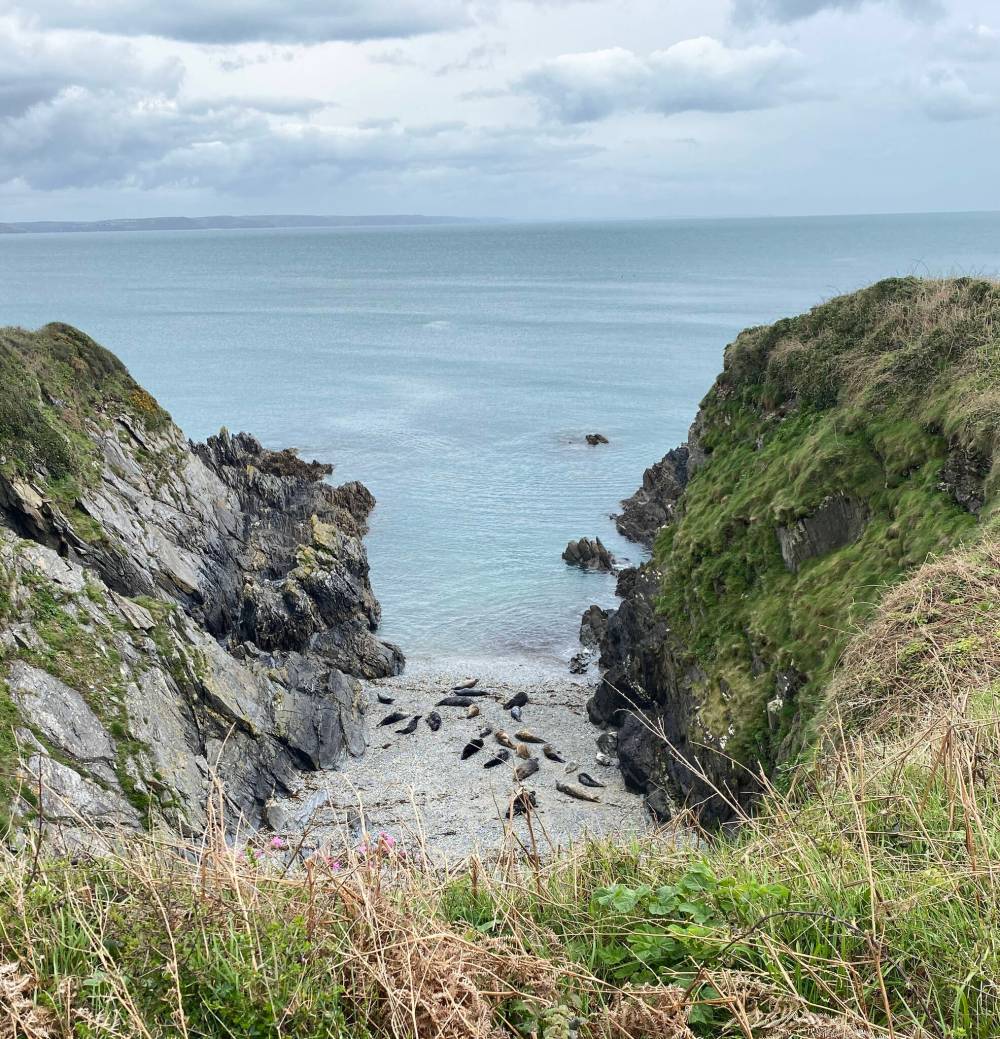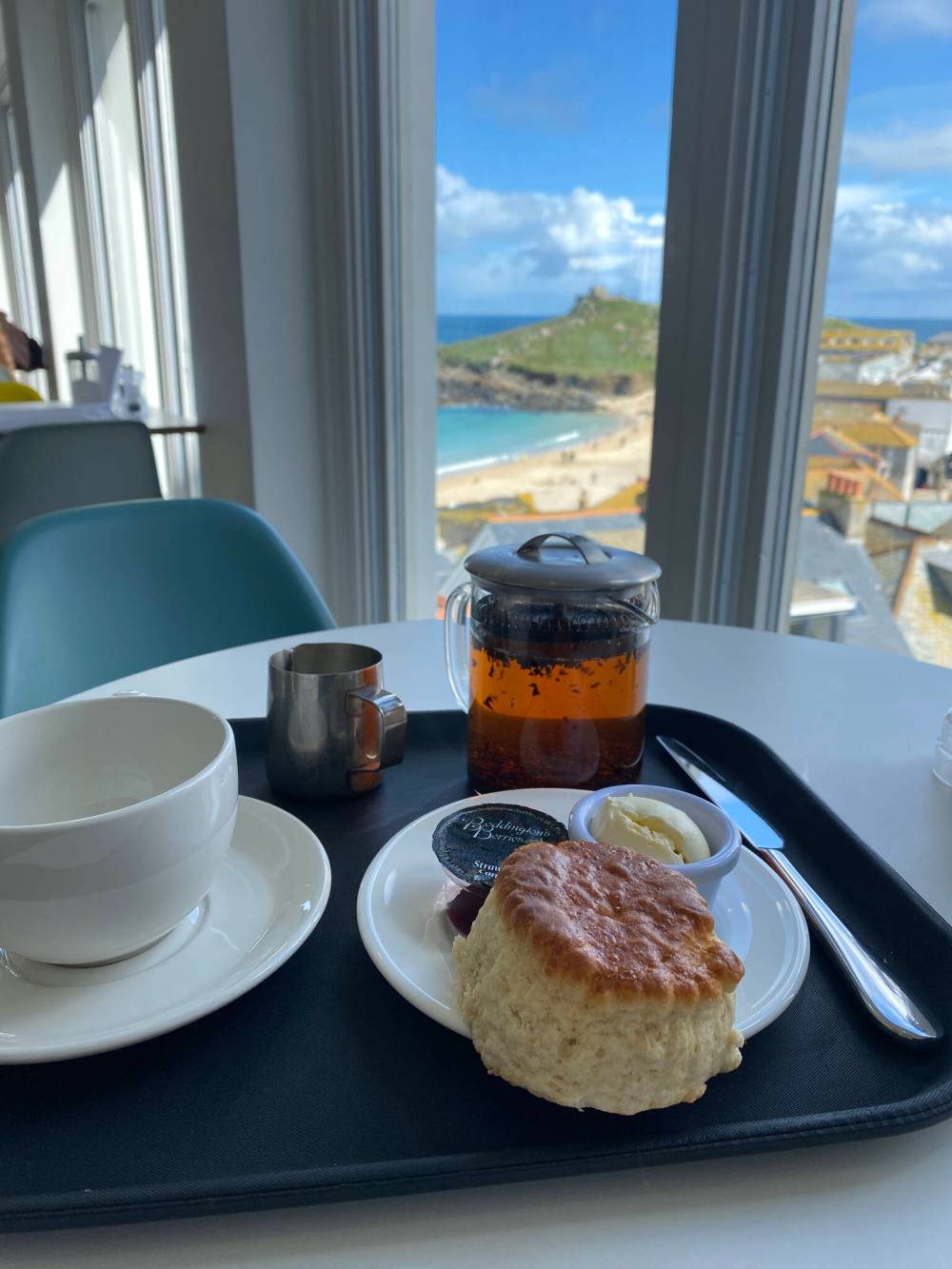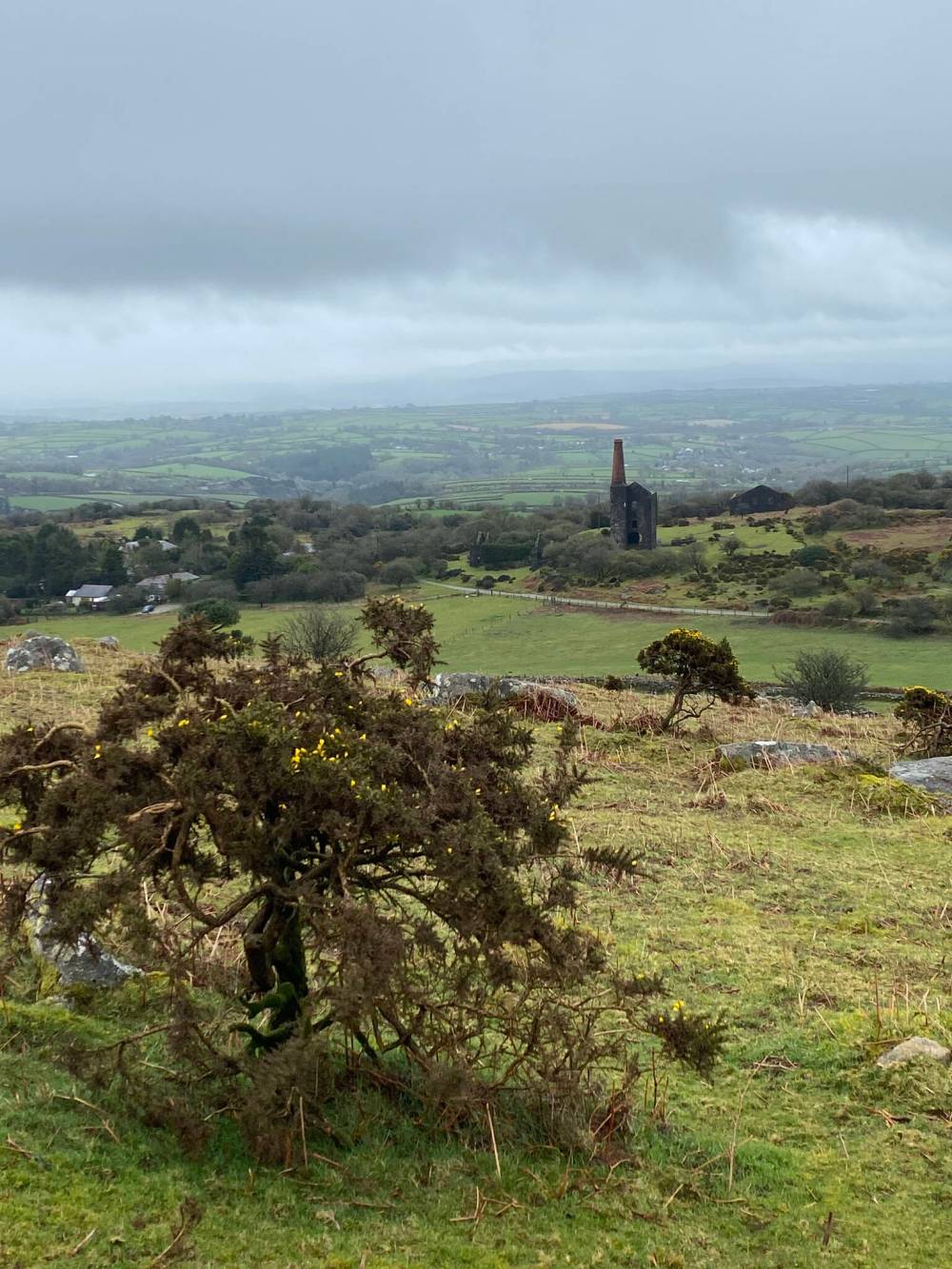Cornwall by foot
Coast trails offer magnificent sea views in southwestern-most U.K.
Advertisement
Read this article for free:
or
Already have an account? Log in here »
To continue reading, please subscribe:
Monthly Digital Subscription
$0 for the first 4 weeks*
- Enjoy unlimited reading on winnipegfreepress.com
- Read the E-Edition, our digital replica newspaper
- Access News Break, our award-winning app
- Play interactive puzzles
*No charge for 4 weeks then price increases to the regular rate of $19.00 plus GST every four weeks. Offer available to new and qualified returning subscribers only. Cancel any time.
Monthly Digital Subscription
$4.75/week*
- Enjoy unlimited reading on winnipegfreepress.com
- Read the E-Edition, our digital replica newspaper
- Access News Break, our award-winning app
- Play interactive puzzles
*Billed as $19 plus GST every four weeks. Cancel any time.
To continue reading, please subscribe:
Add Free Press access to your Brandon Sun subscription for only an additional
$1 for the first 4 weeks*
*Your next subscription payment will increase by $1.00 and you will be charged $16.99 plus GST for four weeks. After four weeks, your payment will increase to $23.99 plus GST every four weeks.
Read unlimited articles for free today:
or
Already have an account? Log in here »
Hey there, time traveller!
This article was published 08/02/2025 (269 days ago), so information in it may no longer be current.
Gorse and the sea are constant companions on the United Kingdom’s South West Coast Path. Gorse, the spiny evergreen shrub full of yellow flowers in spring, grows all around Cornwall.
The sea, of course, envelops this Celtic peninsula at the southwestern tip of England, and Cornwall’s coastline is characterized by steep cliffs and long, narrow inlets.
Coast path hikers descend to soft sand beaches and ascend cliff edges in a constant cycle, weaving around rocks and into ravines to cross stone-slab bridges over tiny creeks. The path cuts through pastures of sheep to centuries-old pubs with fires and chips and Cornish ales.

JAY WHETTER / FREE PRESS
The South West Coast Path runs past the small village of Gorran Haven. Gorse, a spiny evergreen shrub that blooms with yellow flowers, grows all around Cornwall.
The 1,000-kilometre South West Coast Path starts in Somerset, crosses Devon and follows the entire coast of Cornwall before heading back through Devon to its end in Dorset. About half of the distance runs through Cornwall.
Cornwall was for centuries a tin-mining hub. That industry is now gone, leaving relics of chimneyed mines all over the countryside. Tourism now drives the Cornish economy, along with farming and fishing. The term “quaint seaside village” was probably invented in Cornwall.
I wandered all over the county last spring, including along a few stretches of the coast path. Here are what I consider to be three notable segments of the path.
St. Ives to Zennor
After landing in London, I made a beeline to perhaps the most touristy of the quaint seaside villages — St. Ives. The train from London’s Paddington Station takes about six hours.
St. Ives has winding cobblestone streets, a sheltered harbour filled with fishing boats, half a dozen old pubs including The Sloop, The Union Inn and The Castle Inn, dozens of restaurants, a Tate Gallery, five beaches and several surfing schools.

JAY WHETTER / FREE PRESS
Savour a Cornish pasty from The Makers in St. Ives. A staple of Cornish cuisine, pasties are half-moon-shaped hand pies filled with beef, onion, potato and turnip.
I bought my first Cornish pasty of the trip at The Makers, a take-away bakery in a corner building with moss and seagulls on the roof. Pasties are half-moon-shaped hand pies filled with beef, onion, potato and turnip. Cornish tin miners would put a pasty in their pocket each morning before going underground, as the story goes. They are a staple of Cornish cuisine, along with cream tea scones and fish and chips.
I walked 10 kilometres from St. Ives to Zennor on an early-spring day that started sunny and warmish, before becoming wet and windy. It was one of the most memorable and beautiful walks of my life, with sea to the horizon and gorse and green all around.
But the day was not without its hardships. I got a booter in a boggy stretch of the path and spent the rest of the day with a wet foot. I had to crouch under a rock formation at one point to hide from a mini sleet storm.
At a few spots, the trail followed along the top of high green slopes where, had I tripped, I would have slid out to sea. I passed several groups and most people were cheerful except for one woman who told her mate, “I’ve had about enough of this.”
After nine kilometres, I left the main trail and followed a few other pathways into the tiny village of Zennor. My plan was to catch the bus back to St. Ives, but I missed it by one minute. It roared off while I was walking toward the stop. The next one wasn’t due for three hours, so I backtracked to slate-toned Zennor with its six houses, church and The Tinner’s Arms pub, built in 1271.
In the pub, I sat by the roaring fire at a communal table and waited out the time with a few pints. Later that day, I got a hot tip from a local: Start with the bus from St. Ives to Zennor and walk back.

JAY WHETTER / FREE PRESS
A community of seals frolics on a protected beach in a cove near Mevagissey, Cornwall.
Mevagissey to Gorran Haven
Mevagissey, like St. Ives, features holiday flats and gift shops, but tucked into in a snug little cove, it seems more like an active fishing village than a tourist town.
I ate fish and chips from a food truck in the harbour, then set off south, up the hill and along the cliff tops. Along the way, I saw a community of seals rolling and grunting on a protected beach.
Just outside the very small village of Gorran Haven, the trail passed over a fence, using built-in wooden steps, and through a pasture of ewes and lambs. This happens a lot in the U.K. as walkers have historic right of passage through working farms. If that’s where the trail goes, you follow it.
I have Cornish ancestry on both sides of my family. One side came from the lands around St. Austell on the south coast. Distant cousins who reside in Gorran Haven took me back to St. Austell. Options are the bus or to keep walking.

JAY WHETTER / FREE PRESS
Enjoy Cornish cream tea at the Tate Gallery in St. Ives, Cornwall.
Bude and Stratton
Bude sits on the north coast of Cornwall, in an area of long beaches, high cliffs and lengthy grassy stretches. The path here is a ribbon of matted grass winding through open meadows. Every so often it angles toward scenic lookouts, then escapes back to the green plain on its way to Devon.
For lunch, I had takeaway cod and chips from the Mermaid then went to a little town-centre park and sat on the “chatty bench,” or so the brass plate said. No one stopped to chat.
I stayed in the neighbouring village of Stratton, in the very old Tree Inn, a building with not one right angle. This is the home territory of my mother’s ancestors.
While at Stratton, I walked inland to see St. Swithin’s church at Launcells where my great-great-great-grandparents married in 1838. The trail follows a tiny creek and cuts through the forest up to a little gate. It feels a bit like the Bridge to Terabithia (the children’s fantasy novel by Katherine Paterson).
I lifted the latch, walked through the hedgerow and into St. Swithin’s churchyard among the trees. British poet Sir John Betjeman called it the “most unspoiled” church in Cornwall. I walked through the graveyard and up to the church’s old oak door. No one was there, and the door was unlocked so I poked around. The church, which dates back to the late 15th century and incorporates fragments of a 14th-century church, has faded murals on the wall, ornate biblical scenes carved into each pew end and a stone baptismal font older than the church itself.

JAY WHETTER / FREE PRESS
Ever present gorse surrounds an old tin mine on Bodmin Moor in Cornwall.
I saw a lot of Cornwall in three weeks, including inland hikes to see standing stones and the “Cheesewring” near Minions in Bodmin Moor, the Fowey River valley from Bodmin to Lostwithiel, and Newquay beach at night. In Cornwall, you are never far from the sea, a pasty, a warm old pub and a gorse shrub. The best way to see it all is on foot.
Jay Whetter is a writer based in Winnipeg. He writes primarily about agriculture.


